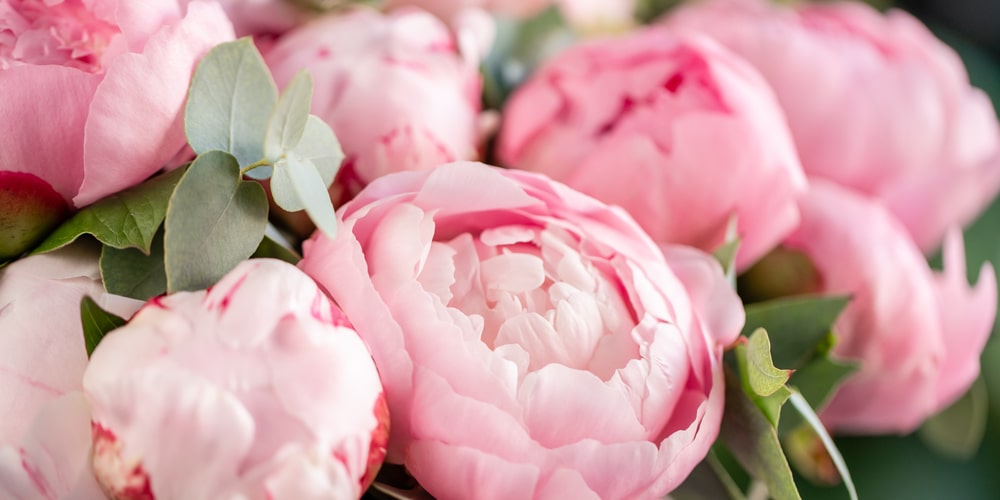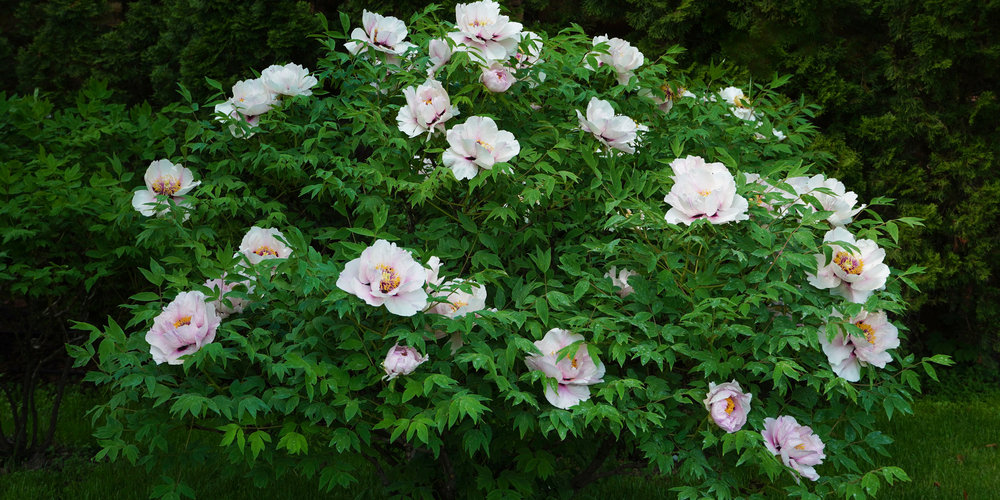When it comes to planting peonies, there seems to be a lot of confusion about the best time to do it. Some people say that you can only plant them in the spring, while others claim that you can also plant them in the fall. So, which is it? Can you plant peonies in the fall or not?
This article will explore the question and provide some helpful tips on planting peonies.
When Should Peonies Be Planted?
Peonies are popular in many gardens, thanks to their beautiful blooms and sweet fragrance.
Peony plants can be placed in the ground in either fall or spring, but there are a few reasons why fall is the better season for planting.
For one thing, peony roots have a chance to establish themselves before the plant goes into dormancy for the winter. This makes a sturdier plant less likely to be damaged by winter weather. In addition, peonies planted in fall tend to produce more flowers than those planted in spring.
Spring-planted peonies seem to run about a year behind fall-planted peonies in maturity, growth, and flowering.
The best time to plant peonies in northern climates is September and October, while November and December are the best for planting peonies in southern regions.
When Do Peonies Bloom?
Peonies are one of the most beloved flowers, prized for their large, beautiful blooms and sweet fragrance. And while they are often associated with spring, peonies bloom from late spring through early summer, depending on your location and the variety of peony you’re growing.
In What Climate Do Peonies Thrive?
Though they are often associated with springtime, peonies can thrive in various climates.
They are hardy to Zone 3 and can tolerate cold winters, as chilling is necessary for bud formation.
Peonies also grow well in warm climates, as long as they are given enough water. Peonies will even thrive in southern regions such as Zones 7 and 8. With proper care, peonies can bloom beautifully in any climate.
Planting Peonies
Picking The Right Location
When selecting a location for your peony plant, choose an area that receives full sun. Peonies will also do well in partial shade but may not produce as many flowers.
The ideal spot for planting peonies has well-drained soil and good air circulation. If your location is too shady, the plant may become leggy and produce fewer flowers.
Soil Preparation
The most important step in planting peonies is to prepare the soil correctly. Peonies need well-drained, loamy soil with a pH of around neutral to slightly alkaline. Adding organic matter such as compost or manure will help improve drainage and increase the nutrient content of the soil.
When ready to plant, dig a hole about 18 inches wide and 18 inches deep. Add some organic matter to the hole and mix it with the native soil.
Planting Peony Roots
Peony roots should be planted with the eyes (buds) pointing upward. If you are unsure which side is up, look at the stem. The eyes will be located on the side of the stem facing upward.
Plant the roots, so the eyes are about two inches below the soil’s surface. Backfill the hole with soil, careful not to bury the eyes too deeply. Firm the soil gently and water well.
Caring For Peonies
Once your peonies are planted, you can do a few things to ensure that they thrive.
It is important to keep the plants well-watered, especially during the first year after planting. Peonies require about one inch of water per week.
Fertilizing your peonies will also help them to grow and produce more flowers. Use a high phosphorus fertilizer, such as bone meal or rock phosphate. Apply the fertilizer in early spring and again after the plants have finished blooming.
Finally, in the spring, you will need to remove any dead or diseased foliage and cut the plants back to about six inches tall. This will encourage strong growth and plenty of flowers.
The Final Verdict
If you’re looking for a plant that will provide you with beautiful blooms year after year, planting peonies is a great choice. Just remember, it is best that they are planted in the fall!
Peonies are easy to care for and will thrive in many different climates. So whether you live in the north or south, be sure to add some peonies to your garden this fall!
Related Article: Do Peonies Grow in Florida?


